Sometimes it seems that if you wanted to design a workplace where people can't do their best work, you would design the 9-5 office model.
TO REDUCE PRODUCTIVITY...
Make sure break times are limited and corridor wandering is frowned upon. Require people to sit at their computers whether they are focused or not. Destroy innovation by making sure they have to fill out multiple forms if they have a good idea and make sure that priorities change regularly without telling them.
Generate information overload by too many emails and documents. Encourage policies, rather than common sense. Have multiple versions of the same policy and assume everyone will be able to find it on the intranet.
Preferably put everyone in an open plan office with no discussion about how they will work together. Add a lot of assumptions about how people should work, but don't tell them what these are. Promote the best technicians in the place, then expect them to manage well, and top off the whole system with a once a year form-based review.
Sound familiar?
Many of our standard ways of working actively reduce productivity, creativity, ownership and innovation. Yet these are the very things we say we value.
Fortunately, it doesn't have to be like that. There are a bunch of simple strategies that can be put in place to boost productivity, engagement and performance.
Some of these you will know already. Others may require a leap of faith. All are based on treating people like adults and designing the workplace for the highest common denominator ... your high performers. If you think you need to do anything less, it's time to revisit your recruitment strategy.
TO INCREASE PRODUCTIVITY...
Make sure everyone is clear on the key priorities and communicate these through the line managers and company networks. The intranet is a great storage facility but a terrible communication tool. Start talking, keep talking and then talk some more.
Promote your best technicians into technical roles and pay them well. Promote your manager potentials into management roles and train them well.
Everything alive has a pulse. So does our work. People need to be able to adjust their work to their own levels of concentration and energy throughout the day. The best way to be productive and creative is to combine intense focus with breaks, naps, exercise and daydreaming.
Hold people to account for results, rather than the hours they sit at their desk. Build in recovery time after intense bursts of work. Support people to find their own best ways and times for working. Then let them work that way.
Have a range of different spaces that people can work in and get clear on the rules of working together. When is it ok to interrupt others and when isn't it? Where are the quiet spaces, where are the shared spaces? And don't forget the coffee shop. Science has at last caught up to the fact that this can be one of the most productive and creative places to work.
Build a culture of communication. Swap the annual review for regular and honest conversations. Make it safe to make mistakes, hold people to account and celebrate the successes.
Design a workplace that works, and the work will get done!
– Helen Rees is Director of Frameworks for Change – a management company whose quest is to transform the world of work.


